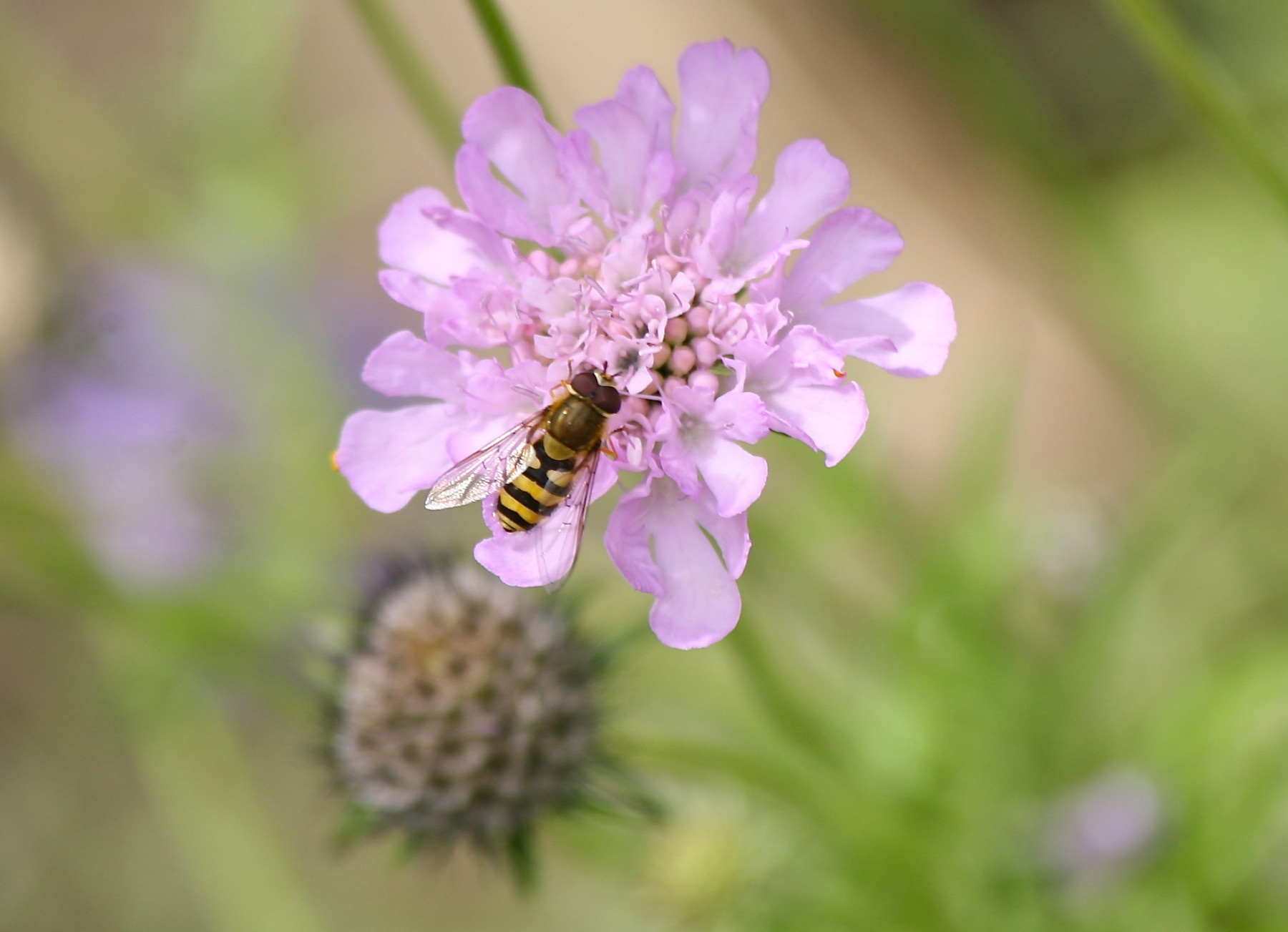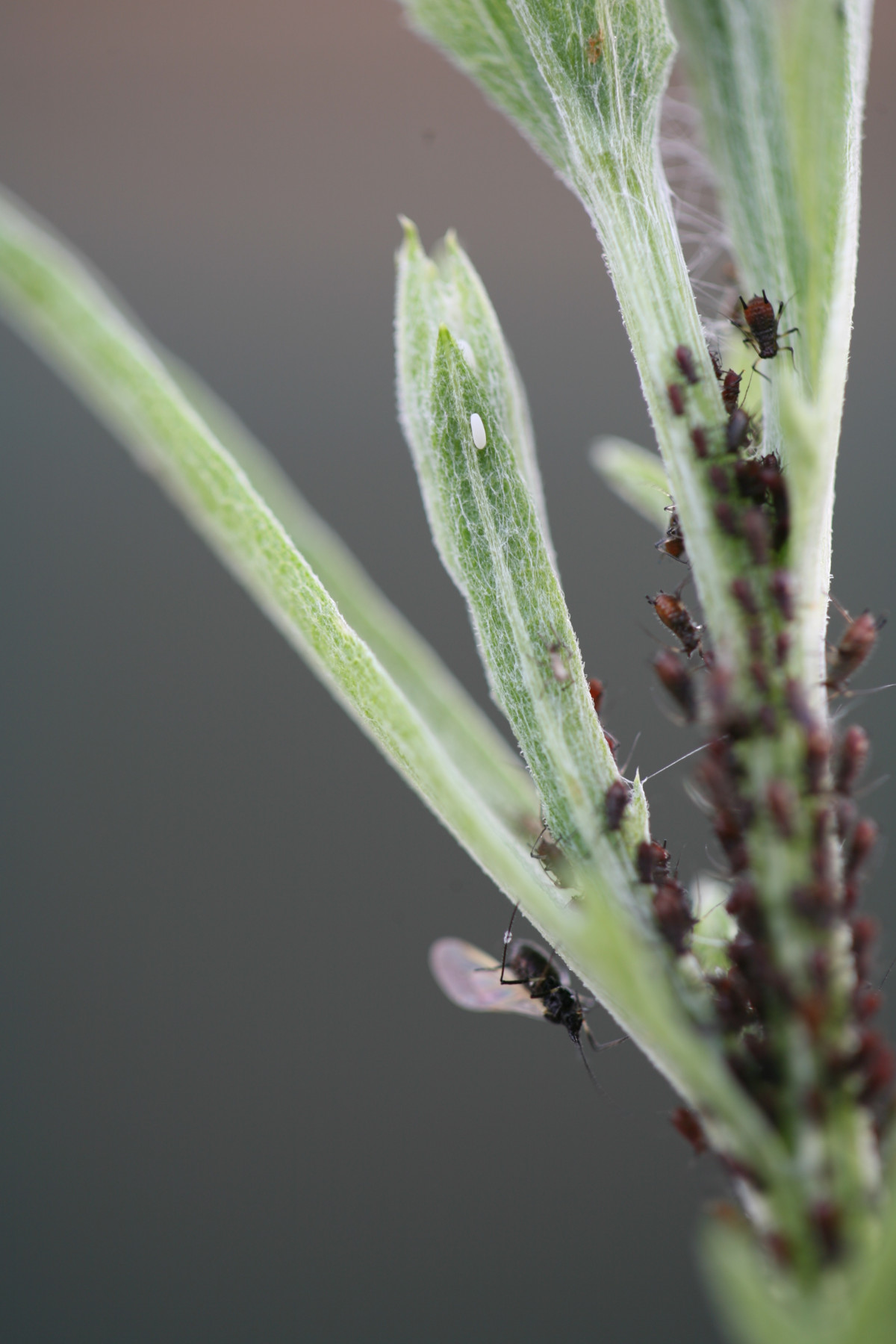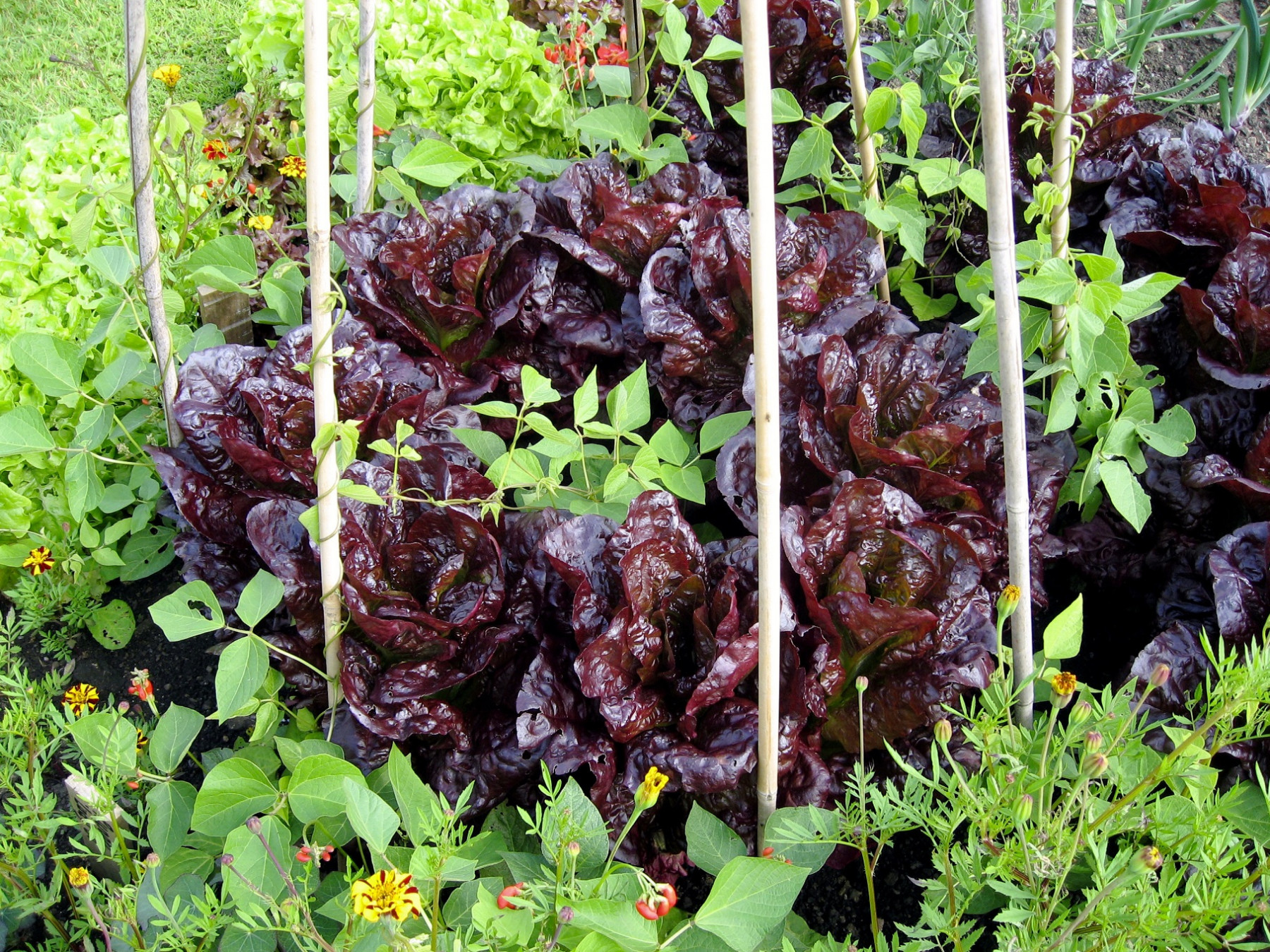
The great advantage in having a Hartley greenhouse is stealing a march on time. It may be a chilly outside, with a biting easterly wind, but it’s always toasty under glass so you can start to sow earlier in the year. If you can keep the temperatures at an ambient 10 -17C, with ventilators or an open door or both, you will create perfect conditions for germination. If the temperature goes too high during the day, this will prevent seeds from germinating. Growing things from seed has never lost its fascination for me. It’s akin to a Paul Daniels’ magic trick!
The easiest starting point is hardy annuals. These are labelled HA on the packets and they resist cold weather and frost so you’re perfectly safe to begin sowing them in March. They are the easiest seeds of all to germinate because, being annuals, they only get one opportunity to flourish. They flower this year and then mostly fade away. However you can keep annuals in flower for many months by deadheading them meticulously. Some hardy annuals are really perennial plants and I find many snapdragons (antirrhinums) and forms of Rudbeckia hirta will come back if the winters are fairly mild.
Hardy annuals only survive by setting seed so they have to lure in pollinators so they’re full of sugar-rich nectar. They add a special magic to your garden because there’s always a buzz of activity around them. When gardeners think of pollinators they mostly think of honeybees and bumblebees, but any creature that moves from plant to plant can do a bit of pollinating whether it’s a pollen beetle, fly or a hoverfly. Beetles are particularly good pollinators and, before bees evolved, primitive plants like magnolias relied on being pollinated by creepy crawlies.
One of the most useful pollinators is the hoverfly and there are approximately 285 species of in Britain. Most of the ones we get in our gardens have predatory larvae that prey on aphids and other small insects, so they help to control pests. Females lay one single, oval egg close to aphid colonies and then a white, maggot-like larva emerges and devours lots of aphids for you. After about 3 to 4 weeks the lava pupates and then a new hoverfly emerges.
Hoverflies are fairly selective about which flowers they visit because they have tiny mouthparts. They like all umbellifers ( cow-parsley like plants) and flowers that resemble pincushions. You will find them on perennial astrantias and thistle-like flowers such as knautia.

They adore all scabious and there are some wonderful annual scabious worth sowing now. Chiltern Seeds have a brilliant range and I grow ‘Oxford Blue’ and ‘Black Knight’ among others. These make excellent cut flowers. However cut-flower varieties tend to be rather tall and willowy and harder to place in a border. I try to select the shorter varieties. Annual scabious, usually forms of Scabiosa atropurpurea, will often come through winters despite what it says on the packet.
Hoverflies are also attracted to orange and warm-yellow saucer-shaped flowers. These are both very useful in the garden because they make a perfect touch-paper colour for blues and purples. I always make sure that I show some African marigolds although they must be single-flowered forms. Double flowers have no pollen or nectar.
I prefer taller, willowy African marigolds and the late, great Christopher Lloyd used one called ‘Cinnabar and this is now available from Chiltern Seeds. I use several other similar ones including a new one named ‘Burning Ember’, a russet-red single with a paler edge to the petals. The widely available ‘Red Knight’ and the striped maroon and yellow single ‘Jolly Jester’ are also favourites of mine. African marigolds should not be confused with less-insect friendly, ball-shaped French marigolds often seen in municipal bedding schemes.
Marigold foliage is very pungent and there is a theory that the aromatic smell deters whitefly and other pests from attacking your tomato plants etc. RHS Wisley did a trial in their greenhouses several years ago and disproved the theory. They found that whitefly happily colonised the tomatoes and the marigolds. However they are still a good addition to a greenhouse because they do pull in hoverflies and these flying creatures will lay their eggs close to your pests. A row either side of the path will strike a jolly note and help with your pest control. Sadly insects don’t have noses, just receptors in their feet.
Marigold foliage has another use. It’s particularly attractive to smaller slugs and these are the slugs that do the damage to crops such as runner beans. Whenever I create a tripod of climbing beans I always surround it with marigold plants. These attract the slugs and then I go out at dusk and pick them off and big-boot them. I call these marigolds my decoy plants and I also add some lettuces as well. My beans, which I like to sow directly into the ground in mid-May, don’t have their growing tips nipped out.
As the beans scale the poles the marigolds get going and flower and I can harvest the lettuce leaves whilst admiring the flowers and any visiting insects. The cut and come again ‘Salad Bowl’ mixtures provide red and green oak-leaved lettuce and tone well with the red-to-orange flowers. ‘Salad Bowl’ has another advantage over lettuces that heart up. You get an edible crop earlier.
There’s nothing nicer on a summer’s day than watching hoverflies visiting your flowers. Although they look like bees or wasps they only have one visible pair of wings. They appear to standstill in midair and are only able to do this because their hind wings have evolved into a small club-like structure, known as the halter. This acts like a gyroscope and gives these insects incredible control over their flight, allowing them to stop in midair.
Hoverflies also like pot marigolds, or calendulas, and these are very easy to grow. ‘Indian Prince’ and ‘Neon’ are favourites because they have brilliant-orange petals with red overtones. ‘Neon’ satisfies pollinators but ‘Indian Prince’ probably too double and therefore has no nectar. The most bumblebee-friendly annuals are snapdragons, blue cornflowers and yellow rudbeckias.

If the seeds are large enough to handle it’s well worth using 6 x 4 modular trays and just popping one or two seeds in each gap. Although many gardeners use multi-purpose compost I prefer seed sowing compost because it generally has some added vermiculite. Vermiculite sheds water and keeps the compost warmer. Last year I used Dalefoot seed-sowing compost and it was excellent.
Dropping seeds straight into modular trays means that you don’t have to spend hours pricking out and that’s a backbreaking job. You can do the same with tiny seeds as well. Just put a pinch of poppy seeds into each module.
Some annuals really resent disturbance and if you want to grow larkspur, zinnias or Bells of Ireland these really should be sown directly into the ground. Don’t be too hasty because anything sown outside will do better if sown in May – when the soil warms up – hopefully!



